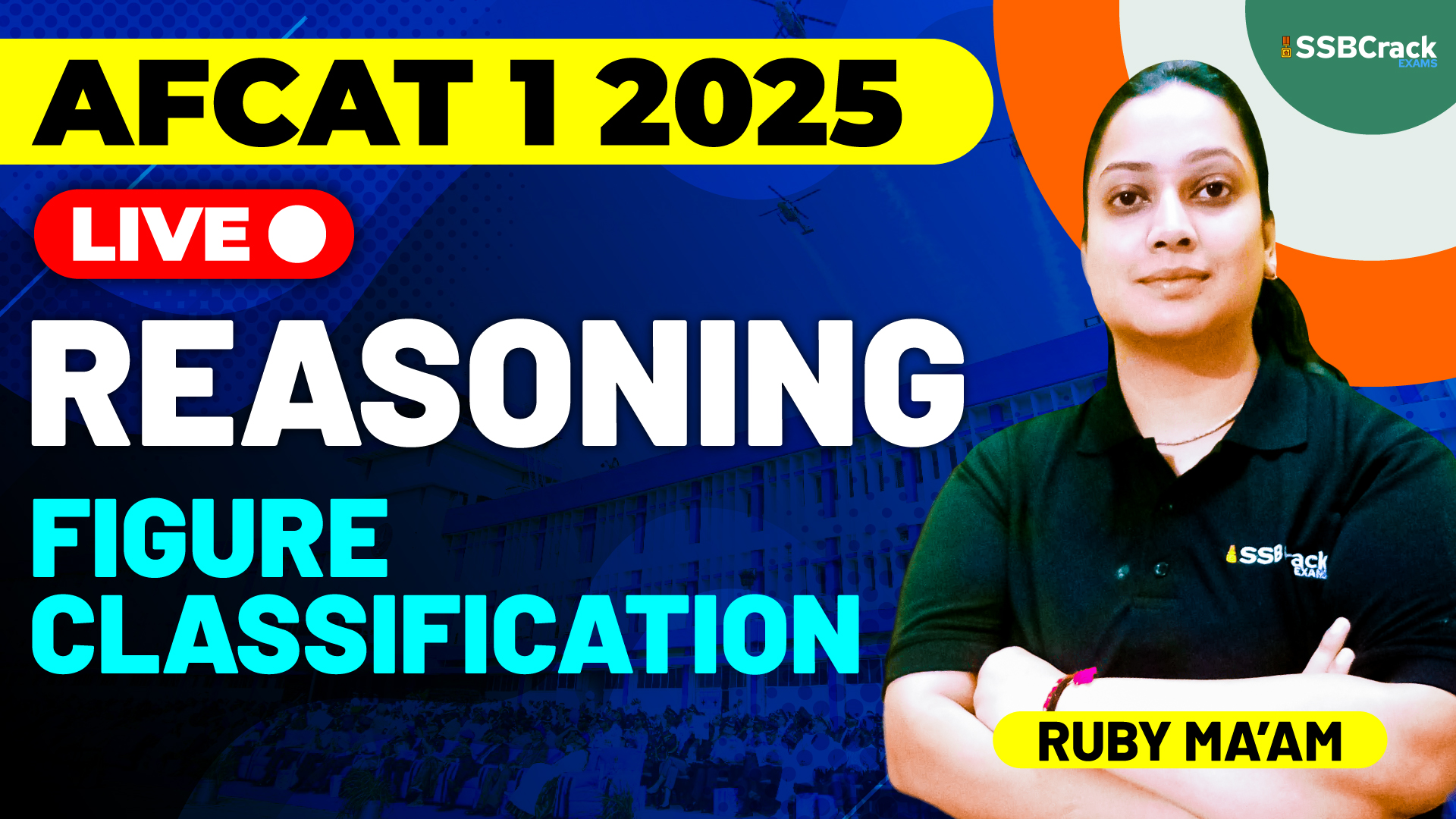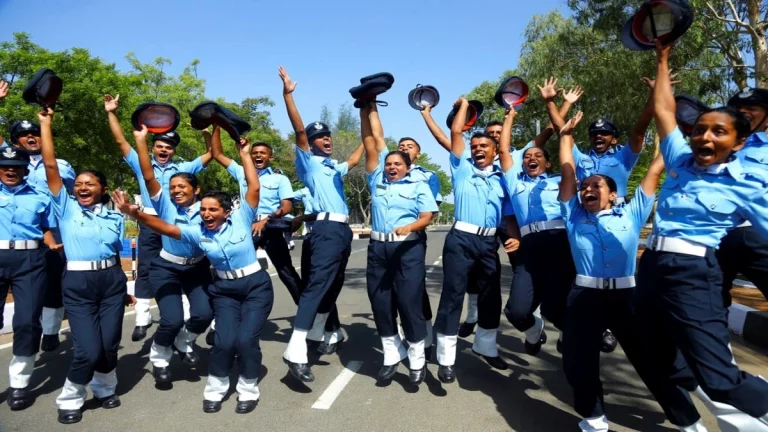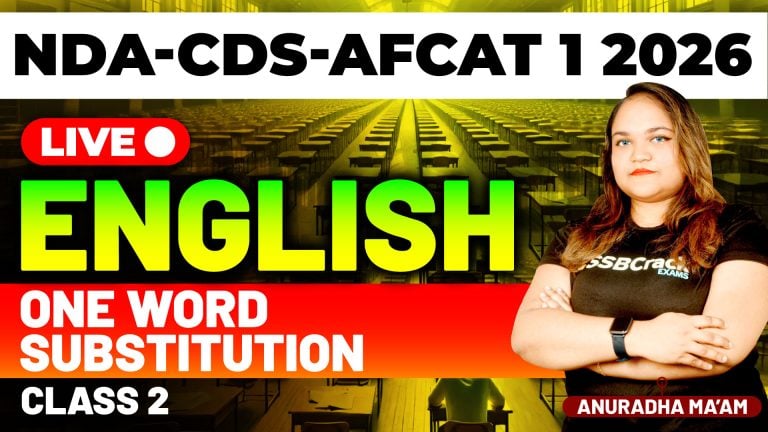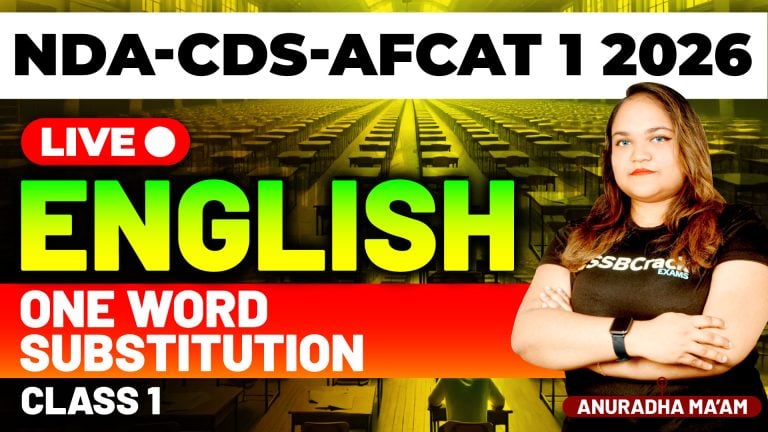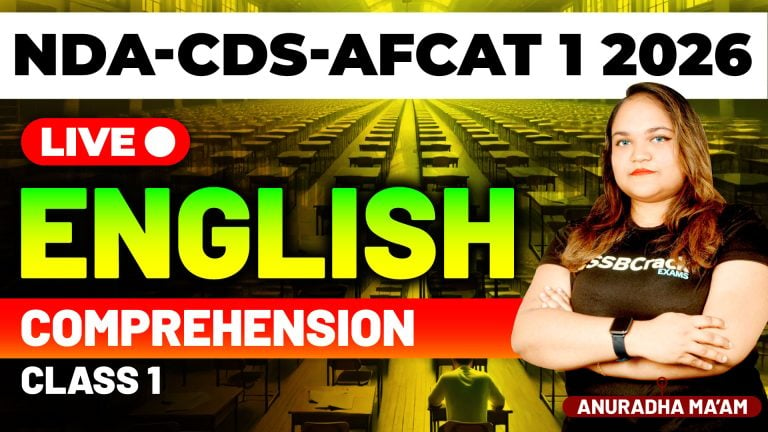The Air Force Common Admission Test (AFCAT) is a competitive examination conducted by the Indian Air Force to select officers for various branches, including Flying, Ground Duty (Technical and Non-Technical), and Meteorology. Among the many topics that AFCAT aspirants must master, the reasoning section plays a pivotal role. One key component of this section is Figure Classification. While it might seem straightforward, figure classification tests a candidate’s visual perception, analytical thinking, and pattern recognition abilities, which are essential for officers in the armed forces.
In this article, we’ll discuss the significance of figure classification and how it contributes to your success in the AFCAT exam and your future role as an officer in the Indian Air Force.
1. What is Figure Classification?
Figure classification is a type of non-verbal reasoning question that requires the identification of patterns, shapes, and sequences among a given set of figures. The task typically involves categorizing figures based on common characteristics, such as size, shape, symmetry, or arrangement. Candidates are asked to select a figure that either completes a pattern or does not belong to a group of similar figures.
2. Why Figure Classification is Important for AFCAT Aspirants
- Visual and Analytical Skills: In the Air Force, officers are often required to interpret complex visual data, such as maps, radar screens, or tactical displays. Figure classification exercises train the brain to notice details, patterns, and discrepancies quickly, enhancing the aspirant’s ability to process visual information with precision.
- Problem-Solving Under Pressure: The AFCAT exam is time-bound, and figure classification questions require quick thinking and decision-making. Developing speed and accuracy in solving these questions mirrors the rapid problem-solving required in the high-pressure environment of the Air Force, where decisions often need to be made in split seconds.
- Attention to Detail: Officers in the Indian Air Force are responsible for making critical decisions based on minute details. Figure classification tests your ability to observe even the slightest differences between figures. This skill translates to the ability to spot key differences in operational scenarios, whether in aircraft systems, intelligence reports, or on-ground situations.
- Logical Reasoning: While figure classification might seem purely visual, it demands logical thinking. Candidates need to analyze the figures, compare them systematically, and classify them based on common properties. This logical thinking is akin to the kind required in real-world operational decision-making.
3. Role in AFCAT Exam
The reasoning section of the AFCAT exam consists of both verbal and non-verbal reasoning questions, and figure classification is a significant part of the non-verbal reasoning portion. It’s important to note that:
- Time Management: Since reasoning questions can be tricky and time-consuming, figure classification provides an opportunity to score marks quickly if practiced well. The more familiar you are with recognizing patterns, the quicker you can solve these questions, giving you more time for other sections.
- Scoring Potential: Figure classification questions are generally considered to be of moderate difficulty. With enough practice, aspirants can consistently score well in this section, boosting their overall score and increasing the chances of qualifying for the next stage of the AFCAT process.
4. How to Prepare for Figure Classification in AFCAT
- Practice Regularly: The best way to improve in figure classification is through consistent practice. Solve a variety of practice questions and previous years’ AFCAT papers to familiarize yourself with different types of figure classification problems.
- Identify Patterns: During practice, focus on identifying the common patterns that typically appear in the questions, such as rotation, reflection, symmetry, and size variation. Understanding these patterns will make it easier to spot the odd figure out or the figure that completes a series.
- Time Yourself: Since time is limited in the AFCAT exam, it is crucial to practice solving figure classification questions under timed conditions. This will help you build speed and accuracy.
- Use Logical Elimination: If you are unsure about the correct answer, try eliminating the most obvious wrong choices. This will increase your chances of arriving at the correct answer.
5. Conclusion
Figure classification may appear to be just a visual exercise, but for AFCAT aspirants, it is much more. It is a test of observation, logical thinking, and quick decision-making, all of which are crucial skills for a career in the Indian Air Force. By focusing on this section and honing your skills, you not only enhance your chances of success in the AFCAT exam but also prepare yourself for the real-world challenges that come with being an Air Force officer.
In conclusion, figure classification is an essential topic for AFCAT aspirants. With consistent practice, strong observational skills, and a logical approach, candidates can excel in this section and move one step closer to achieving their dream of serving in the Indian Air Force.
